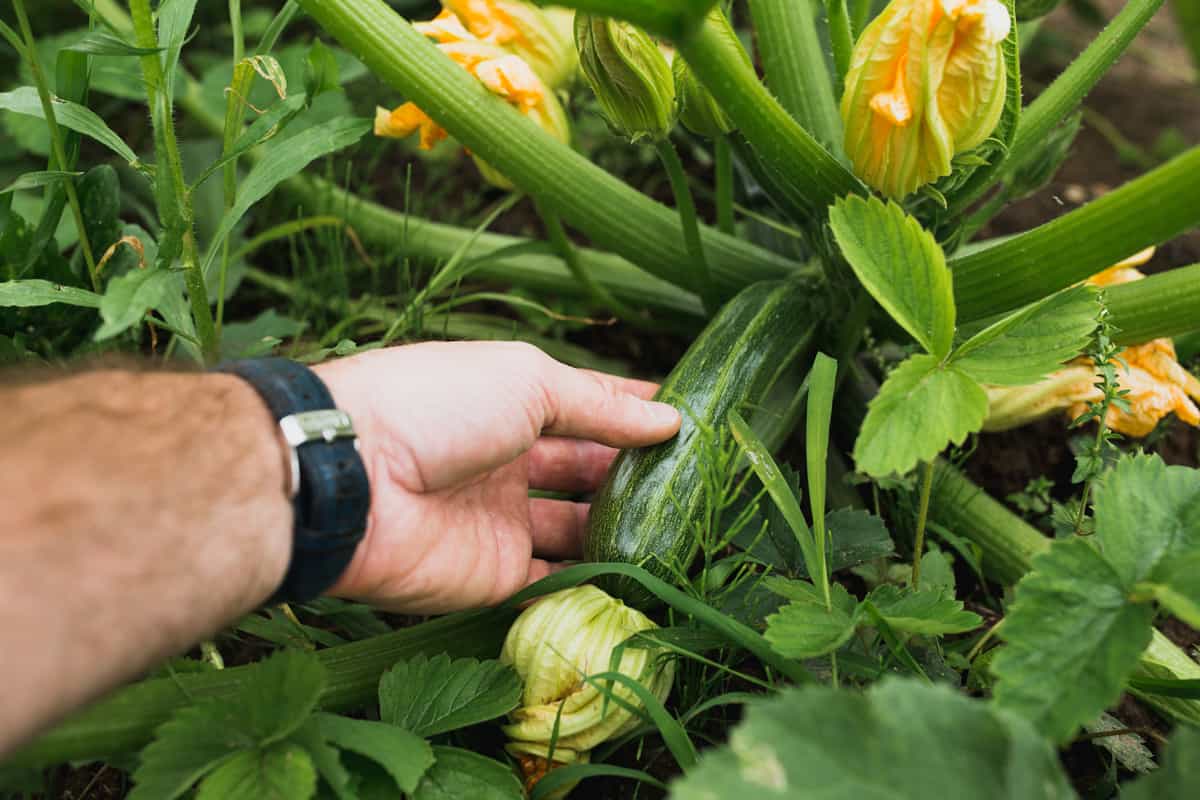Would you like to know what size grow bag to use for cucumbers? Well, we have researched this topic and have answers for you. It's vital to understand what size grow bag to use for cucumbers to ensure the best cucumbers.
Small cucumber plants can grow in 1-gallon grow bags until they are 3 weeks old. At 3 weeks, the cucumbers need to transfer to a 5-gallon grow bag. You need 5 gallons of grow bag per cucumber plant.
In this article, we will learn what size grow bag you need for cucumbers. We will also learn the answers to other interesting related questions, such as how should I water a grow bag, and what plants grow well in a grow bag? Keep reading to learn more.

What Size Grow Bag For Cucumbers?
When growing cucumbers in a grow bag, it's crucial to have the correct size. When growing cucumbers from seeds, it's okay to use 1-gallon grow bags. Plant 2 to 3 seeds and then, reduce it to one plant per 1-gallon grow bag.
Once the cucumber plant is 3 weeks old, it needs to be transferred to a bigger grow bag. A 5-gallon grow bag is the smallest required for a healthy cucumber plant.
You can grow more than one cucumber plant per grow bag as long as there are at least 5 gallons of grow bag per cucumber plant. A 10-gallon grow bag can grow 2 cucumber plants.
If you are planting mature plants from a nursery, then you will want to start with a 5-gallon grow bag. A huge cucumber plant may benefit from a 10-gallon grow bag, but most are content in 5-gallon grow bags.
One of the largest grow bags available is the 200-gallon grow bag. A grow bag like this could function as a small garden and grow many cucumbers. If you want to try one of the extra large grow bags, here are a few of the best available on Amazon.
Mophorn 200 Gallon Grow Bag
You can find this product here on Amazon.
Magarz 200 Gallon Grow Bag
You can find this product here on Amazon.
How Should I Water A Grow Bag?
When watering cucumbers or any plant in a grow bag, you must give the plants extra water to compensate for how fast grow bags dry. Grow bags are very porous to help keep water from pooling. The permeable lining on grow bags dries soil much quicker than the soil of plants planted in the ground.
Water grow bags for an extra 15 to 20 minutes to allow water to thoroughly saturate the soil. Plan to water your cucumbers every 2 or 3 days. If you live in a particularly hot area, you need to water your grow bags daily.
Drip irrigation is one of the best ways to water cucumber plants in grow bags. Set up a drip irrigation system and set a timer box to water every morning for 25 minutes.
If you notice water pooling, set your timer back 5 minutes and check again. If your plants are wilting mid-day, then raise the watering time by 5 minutes and check the next day. After a few days, you will narrow in on the exact amount of water your cucumber plants want.
How To Set Up Drip Irrigation For Grow Bags?
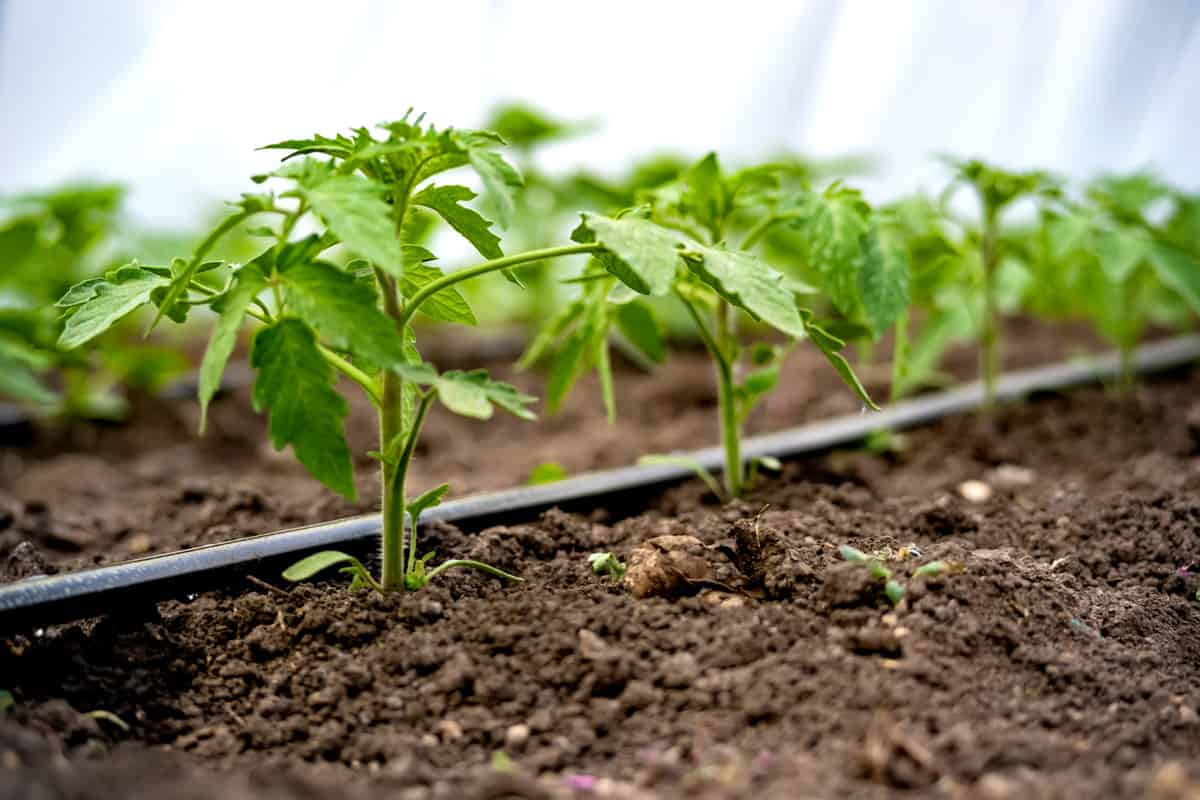
When setting up drip irrigation, it's crucial to have the correct starting equipment. You will need an automatic sprinkler valve and a timer box to set up drip irrigation.
Once you have a sprinkler valve you can open with the timer box, you can set up the drip irrigation. Use an adaptor to connect the black drip hose to your valve and run a line over to your grow bags. Having your grow bags arranged in a straight line can be helpful.
Run the black drip hose either along the bottom side of the grow bags or along the top. You can use thin metal stakes to hold the drip hose in place.
Now connect lengths of spaghetti hose from your main drip hose to each plant. A spaghetti hose is a thin hose that takes water to each plant individually. They connect to the main drip hose with plastic barbed connectors.
On the ends of each spaghetti hose, install a drip emitter. Drip emitters come in varying flow rates that need to be different for different plants. A cucumber plant will benefit best from a one gallon per hour flow rate.
Your timer box should now run every day in the morning for 25 minutes. You may need to adjust watering times to your match your specific needs.
What Are The Disadvantages Of Grow Bags?
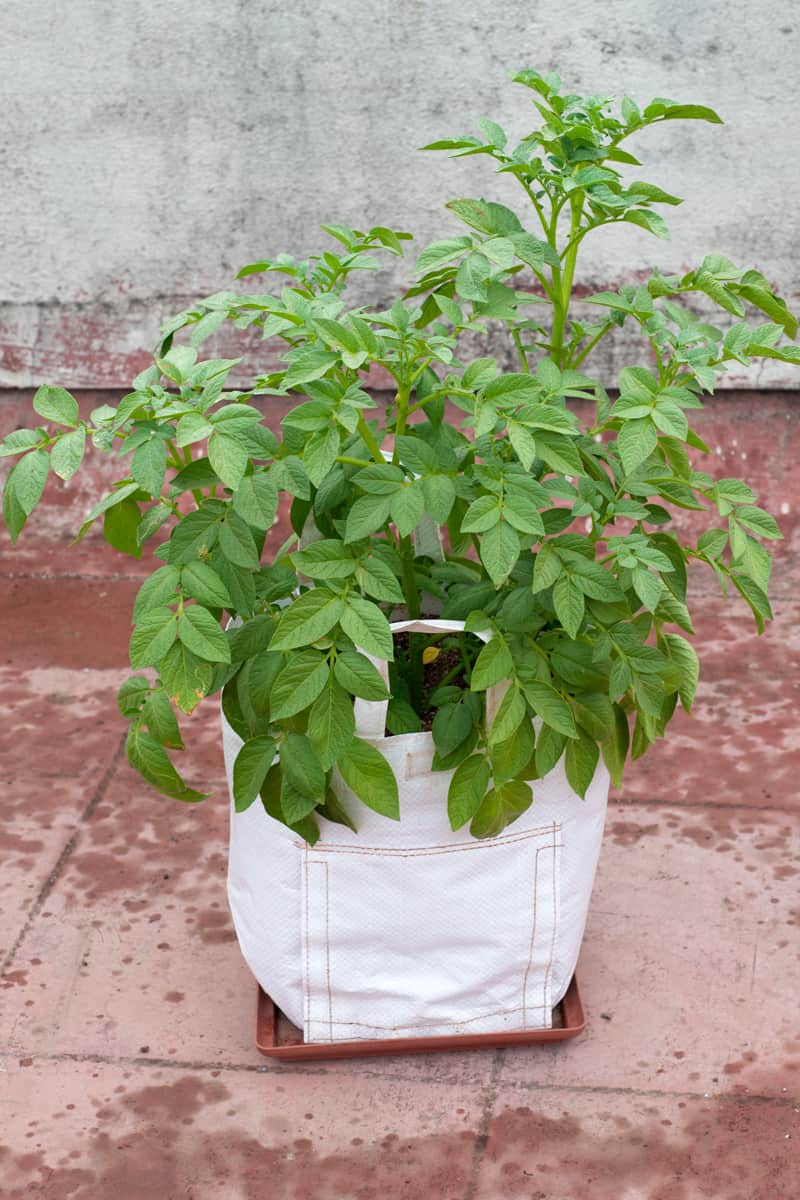
While grow bags are cost-effective and easy to set up, they have disadvantages. As mentioned before, grow bags dry out soil much faster than soil in the ground. It would help if you watered plants in grow bags more often than plants in other containers or planted in the ground.
Another drawback to grow bags is the challenge of moving them. Since grow bags shift, they are complicated to move. The bags can also rip if carried when full. It's best to leave grow bags on the ground while in use.
Grow bags only last a few years before breaking enough to warrant replacement. If you buy a ceramic pot, it will outlast a grow bag by many years. Despite these disadvantages, grow bags are still a cheap, easy way to grow plants.
What Plants Grow Well In A Grow Bag?
You can use grow bags to grow many different plants; however, other plants will require different size grow bags and different water flow rates. Let's look at several plants that grow great in grow bags and how to take care of them.
Beans
Beans grow great in a grow bag if you give them a little help. Beans like to have support for their stocks. When growing beans in a row bag, insert wooden supports for your bean plant to cling to.
A single wooden dowel with a small cross-section will work for smaller beans like pinto or black beans. A large bean like a lima bean will require more extensive support.
Water beans with a 1-gallon per hour drip emitter for 30 minutes daily. Check on your bean plant to know if you need to adjust water times.
Flowers
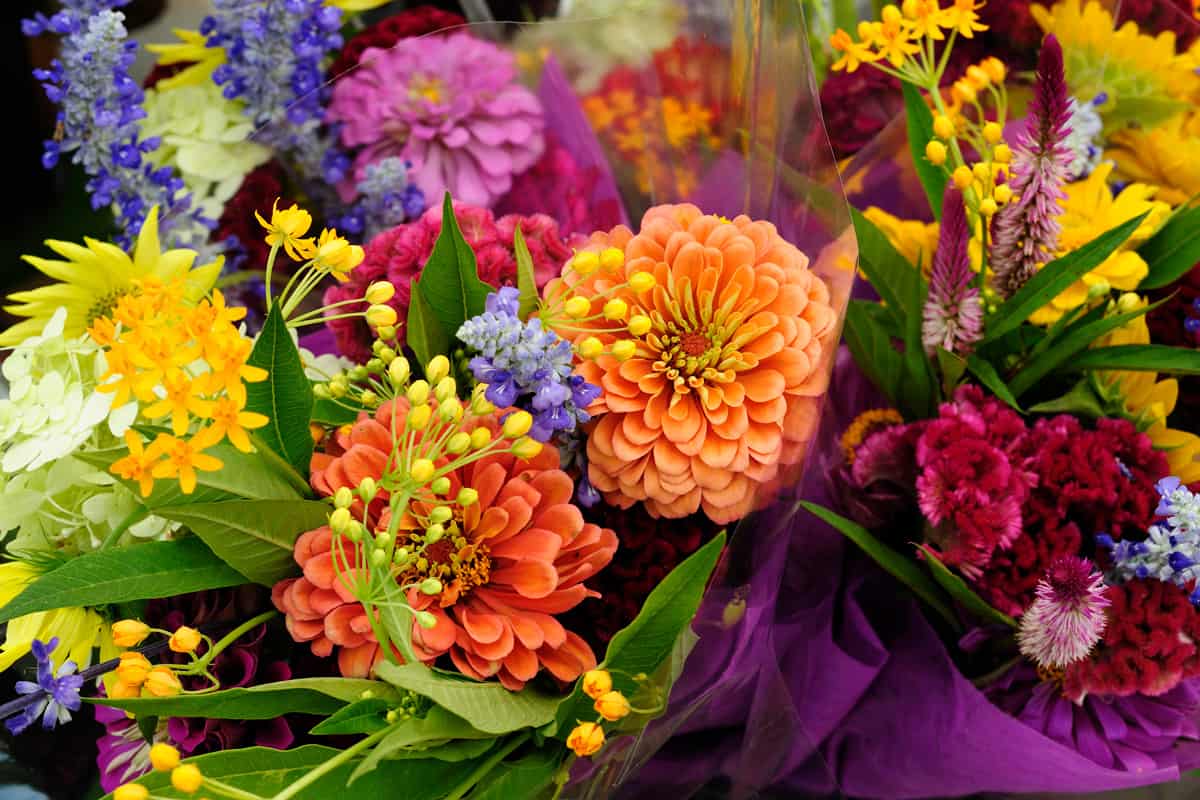
Flowers are another type of plant that grows well in grow bags. Flowers often have shallow roots that perform well in grow bags.
It would be best not to plant flowers with deep tap roots like sunflowers. A sunflower's deep tap root can't fully grow in a grow bag which stunts the plant's height.
When watering flowers in a grow bag, it is best to use between one half and 1-gallon per hour flow emitters. It's best to water daily to keep your flowers from drying out.
Melons
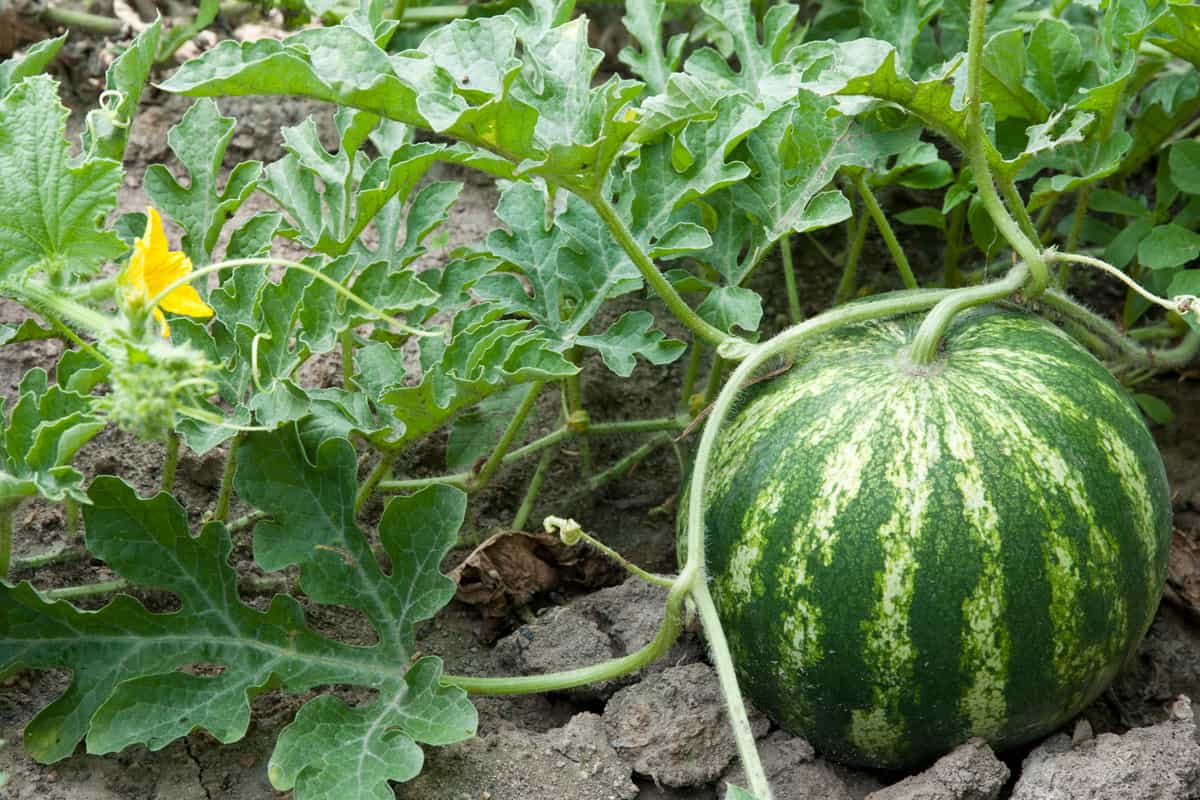
Melons also grow well in a grow bag if you have the proper technique. You want to produce no more than 2 vines per plant and allow them to grow on the ground beside the grow bag.
Growing melons beside the grow bags will allow you to have enough space for your melons to reach full size. Be sure to keep your melon growing on a clean, soft surface. Don't grow your melon on cement to avoid damaged melons.
Some may make a melon bed out of soft materials to support their melons as they grow.
Tomatoes
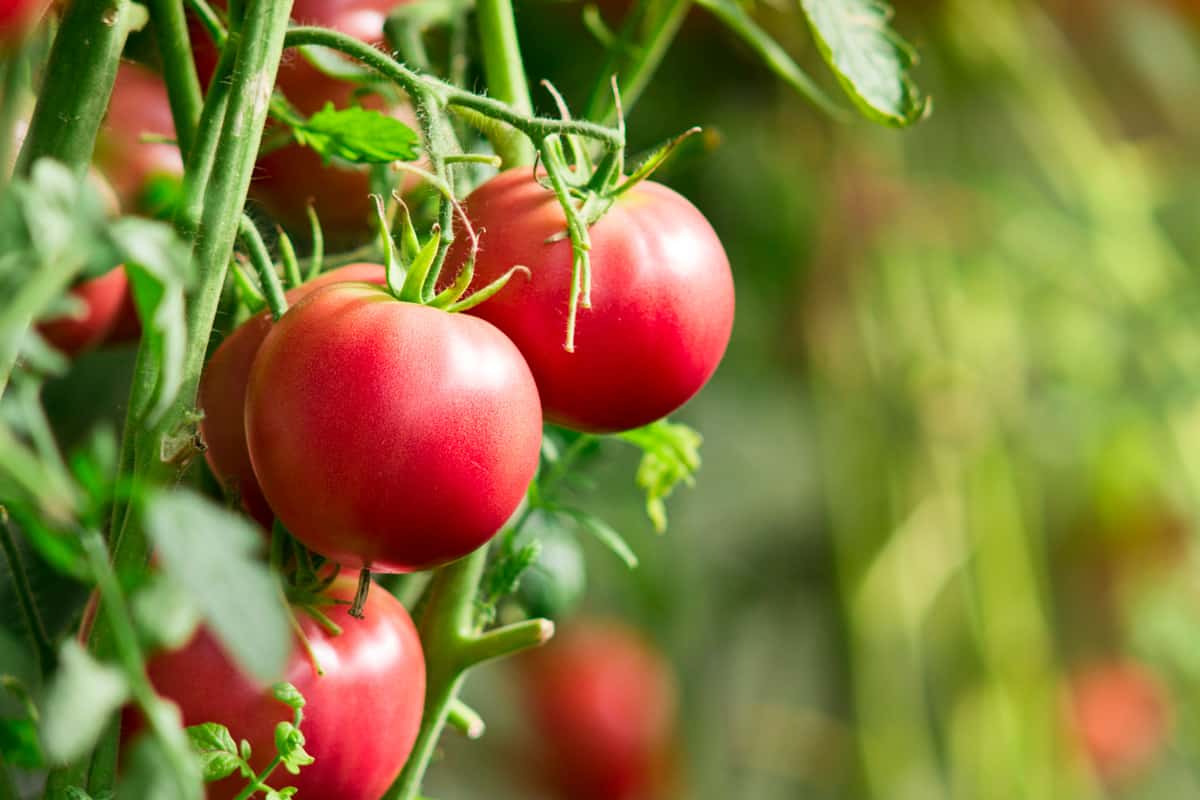
Tomatoes grow very well in grow bags. Some varieties of tomatoes grow so many tomatoes that they risk breaking if they aren't adequately supported.
It's best to support your tomato plant in a tomato cage. Tomato cages keep your plants held up as it becomes heavy with tomatoes.
Some varieties of small tomatoes like to overhang out of their grow bag. It is fine to grow tomatoes on the sides of your grow bag, but don't let the tomatoes touch the ground.
Tomatoes touching the ground are likely to develop damage by insects and infected with bacteria or fungus from the ground. Only eat tomatoes that have healthy skin.
Tomatoes need tons of water, so a 2 or 3-gallon per hour drip emitter is appropriate.
Peppers
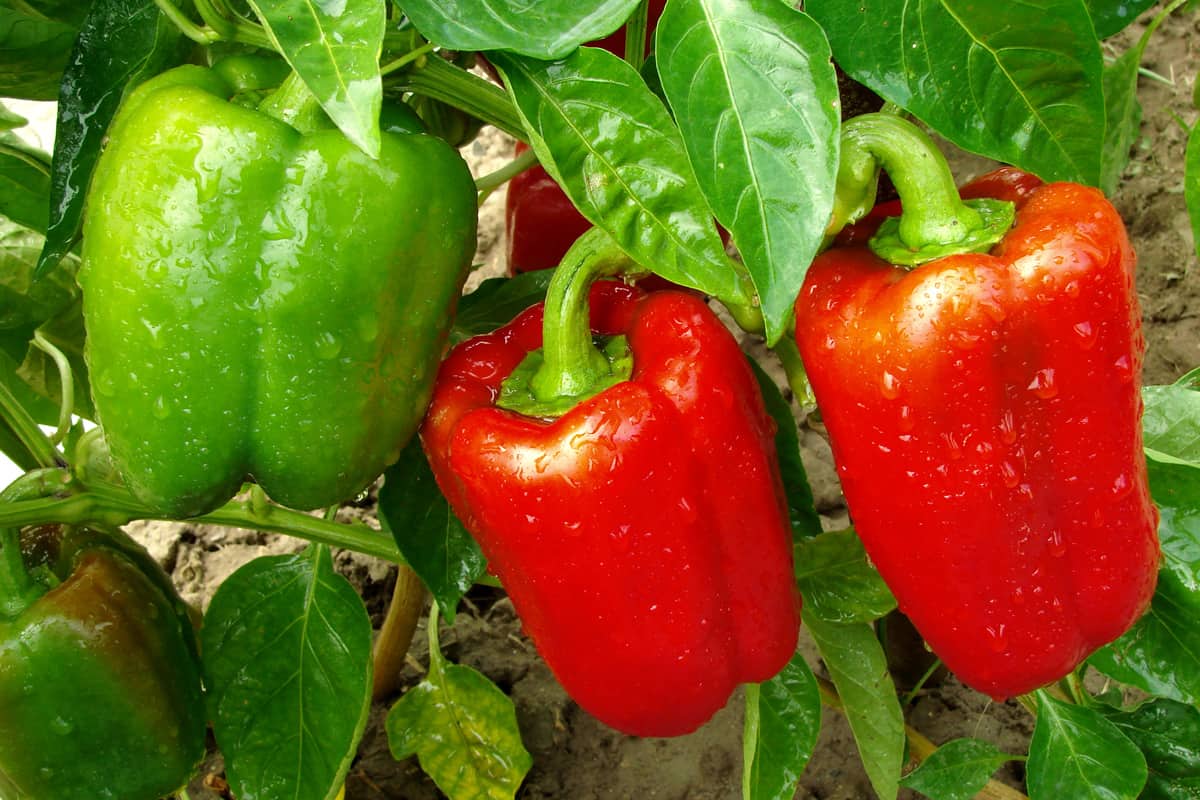
Many types of peppers grow well in grow bags. You can grow most kinds of chili peppers and bell peppers.
In a grow bag, you can plant as many pepper plants as you want as long as you leave at least 10 inches between plants. Pepper plants have shallow roots and won't interfere with neighboring pepper plants if there is enough nitrogen in the soil.
If you are growing many pepper plants in a grow bag use fertilizer multiple times during the growing season.
Zucchini
Zucchinis are hearty squash that grows great in grow bags. These plants can have large leaves, so stick to 1 zucchini plant per grow bag. A grow bag as small as 5 gallons will be enough to support the plant's roots.
Zucchini plants also need a lot of water. If you are watering your zucchini with a drip system, you will want to use 2-gallon-per-hour drip emitters.
Final Thoughts

In this article, we learned cucumbers need a 5-gallon grow bag per plant. We also learned the disadvantages of grow bags and how to water them properly.
Remember, while all plants in a grow bag require more water, every plant has its own water requirements.
We hope you enjoyed this article. If you want to learn more, check out some of these other posts.



